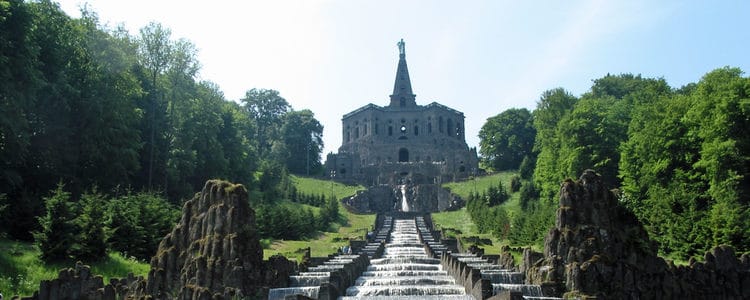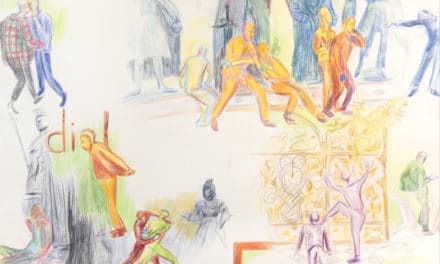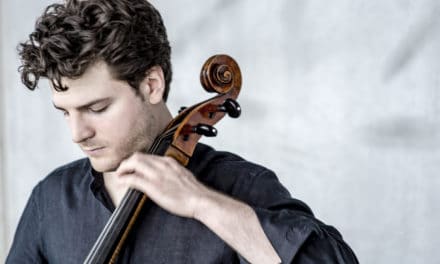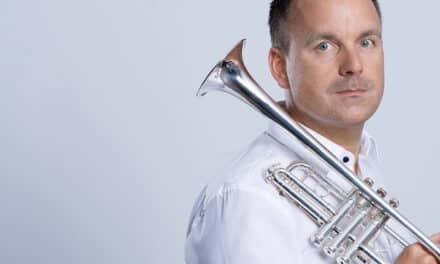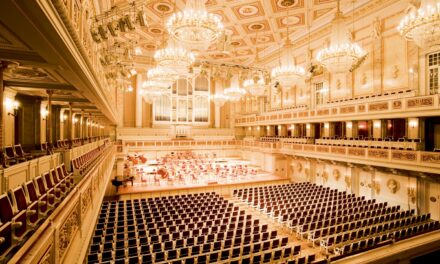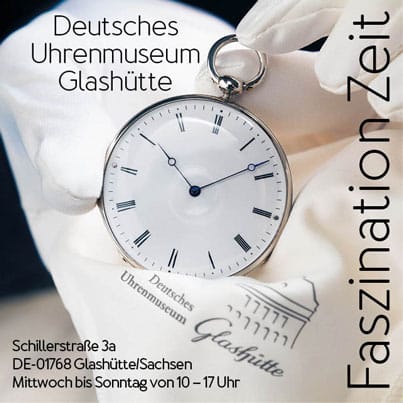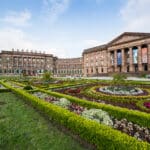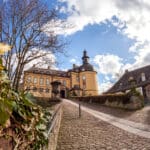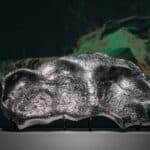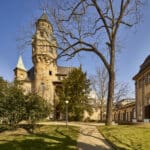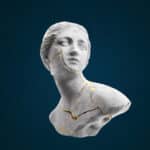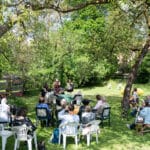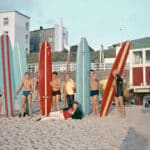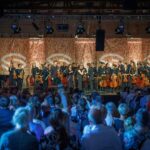Bergpark Wilhelmshöhe is unique in the world. It is considered Europe's largest mountain park and is famous for its unique wealth of trees and plants, the museums and sights and, of course, Hercules and the trick fountains. It is rightly a UNESCO World Heritage Site.
Wilhelmshöhe Palace
Wilhelmshöhe Palace was built in several stages under Landgrave Wilhelm IX from 1786. An Augustinian monastery and later a hunting lodge had previously stood on the same site. The middle section of the castle in particular was completely destroyed during the Second World War. Between 1968 and 1974, the building was rebuilt and redesigned for museum use.
Today, Wilhelmshöhe Palace houses a collection of antiquities, the Old Masters Picture Gallery, the Collection of Prints and Drawings and a library. The museum also offers space for special exhibitions. The palace rooms in the narrower sense can be visited in the Weißenstein wing.
The water features
The water gushes over the cascades, the Steinhöfer waterfall, the Devil's Bridge and falls over the aqueduct and the Peneus cascades down to the castle pond. Here, the water pressure causes the "Great Fountain" to shoot over 50 meters into the air. Each water picture is staged for about 10 minutes. It ends at around 4 pm.
In summer 2021, a spectacular new event format will celebrate its premiere in Bergpark Wilhelmshöhe: for an entire weekend, the Bergpark will be transformed into a magically illuminated dream landscape with laser projections, light art and an atmospheric supporting program. The highlight will be the illuminated trick fountains, which will also delight visitors with a new, colorful production and can be admired on two consecutive days.
The fascination of the trick fountains is due to the fact that the show still works today just as it did in the time of the landgraves and electors. 750 m³ of water pass through all the stations during each performance through natural pressure alone.
The Löwenburg
Löwenburg Castle was not built in the Middle Ages, but between 1793 and 1801 under Landgrave Wilhelm IX of Hesse-Kassel, who later became Elector Wilhelm I. However, as Löwenburg Castle was designed as a Baroque pleasure palace, its interior contains princely living quarters. Their rich furnishings with historical furniture, paintings, tapestries, glassware, bronzes, a magnificent collection of weapons and medieval stained glass windows reflect the great passion for collecting of the builder. Also worth seeing are the princely apartments, the armory with 16th and 17th century weapons and knight's armour and the castle chapel.
Hercules - the city's landmark
Since 1717, Kassel's landmark has been enthroned on the summit of the Karlsberg, 530 meters above the city. The building is the crowning glory of the 1.5-kilometer-long cascade.
A steep pyramid rises on an octagon with a viewing platform, which is crowned by the monumental statue of Hercules. The entire structure reaches a height of 71 meters and from the viewing platform you have a magnificent view over the entire baroque park, the city and the low mountain ranges.
Height of the figure 8.30 m; base height 3 m; chest circumference 5 m; waist circumference 4.60 m; foot 1.50 m and club height 4.70 m.
The large greenhouse
It was extended in the years 1886 to 1888 with a large rectangular central building and still impresses today with its filigree iron and glass construction, which is one of the earliest of its kind in Germany.
Frost-sensitive plants such as palms, camellias, bananas and other exotic plants spend the winter here. A colorful sea of flowers awaits you, offering a colorful spectrum of cyclamen, primroses and cineraria alongside numerous camellias and other potted plants up to 150 years old. In spring, after the ice saints, the plants are literally put back into the air in the true sense of the word.
Currently closed due to the corona crisis.
The artists' necropolis
The artists' necropolis is located in the Habichtswald forest on the outskirts of Kassel and is accessible all year round. Around the Blue Lake, a disused quarry, well-known artists erect their own tombs during their lifetime and will also be buried there.
A total of 40 tombs are planned. The condition is that the forest of the nature reserve is not disturbed and the gravestones are left to themselves. Harry Kramer saw the Nekropole project as a new form of art in public space rather than an elitist cemetery. He himself chose not to have a tomb in the necropolis and was buried there anonymously.
The Rose Island
A jewel in the Bergpark - the award-winning rose garden. Below Wilhelmshöhe Palace, near the Lac, 1000 different shrub, wild and climbing roses bloom. The extensive collection has been awarded the European "Award of Garden Excellence".
A rose garden was first laid out in Wilhelmshöhe Park back in 1767. The "Rose Island" and with it the shrub roses in the landscape park were created around 1790. Daniel August Schwarzkopf, court gardener to Landgrave Friedrich II, cultivated the "Perle von Weißenstein" there as early as 1775. It is the oldest German cultivated rose and can always be admired in full bloom in June.
Pink rose
After the Second World War, the roses at Wilhelmshöhe almost fell into oblivion. However, the collection was restored thanks to the 133 watercolors of roses drawn in 1815 by the court miniature painter of the time.

